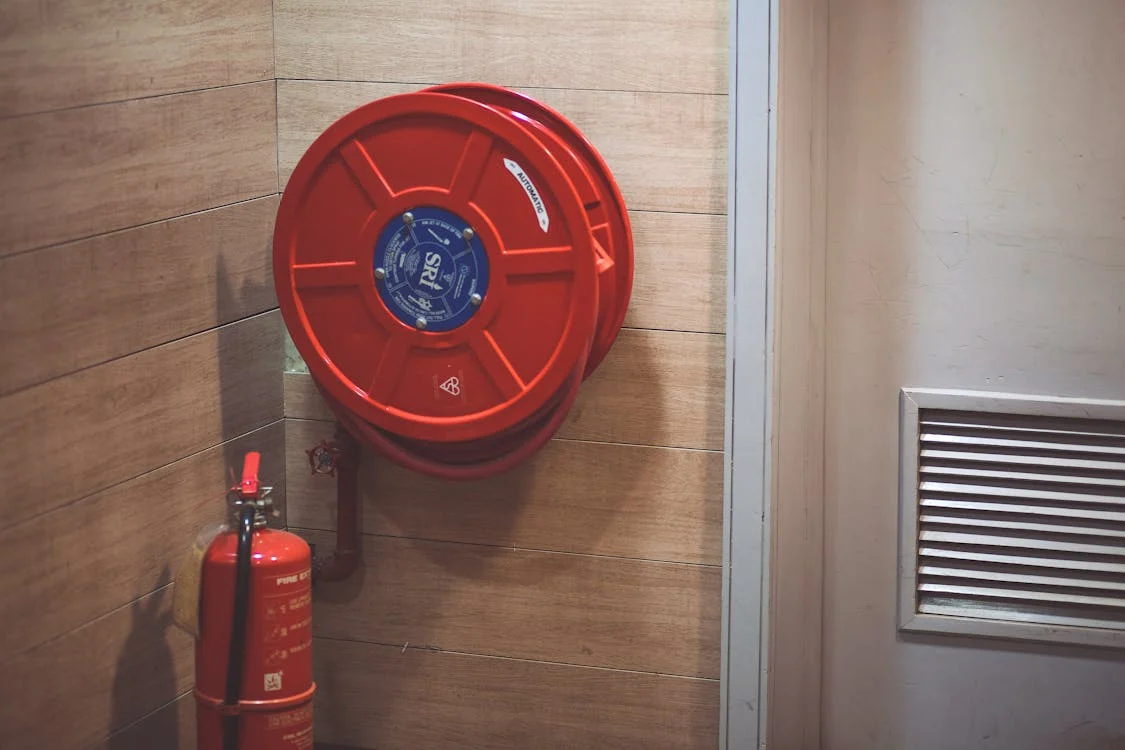Introduction of AS/RS - Fire Safety
Automated AS/RS has been used in China for decades, it has mature technology and software, and is gradually being accepted by users in the market. Undoubtedly, automation brings convenience to us, but we still need to pay attention to fire safety. Most materials stored in automated AS/RS are flammable, and due to the compactness of the space and the height of the shelves, manual firefighting is difficult. The fire protection design and layout in AS/RS are important prerequisites for ensuring fire safety.
In the national standard "Code of Design on Building Fire Protection and Prevention(GB50016-2006)", it is stipulated that elevated warehouses for storing flammable and flame retardant materials should be equipped with close-type automatic sprinkler system. When designing an automated AS/RS, it is generally determined on the type of materials stored whether an automatic sprinkler system is needed. The sprinkler system sprays a large amount of water directly onto the protective object to extinguish the fire, while effectively reducing the temperature after the fire. It can effectively extinguish Class A fires, for waterproof protective materials and places with a large water supply, it can be a good fire extinguishing system. But some products may undergo violent chemical reactions when exposed to water, such as causing explosions, accelerating combustion, or producing toxic and harmful substances. For such products, the sprinkler system is not suitable.
Operating principle:
Under normal monitoring conditions, the pipelines of the pre-action sprinkler system are all dry, and filled with a certain amount of compressed air for monitoring. Its working status is centrally monitored by the fire linkage alarm host. When a fire occurs or there is a fire hazard in any part of the warehouse, the air sampling detector installed in the warehouse will confirm the occurrence of the fire through a multi-level alarm method. When there is a level 1 alarm (i.e. early warning period), the alarm system indicates that there is an abnormal situation in the alarm area. At this time, the fire is still in the early stage of no visible smoke. The alarm host will send out an audible and visual alarm in time to remind the fire management personnel of the abnormality in the storage area. The fire management personnel will go to the scene to identify the situation according to the location of the alarm area and deal with the fire hazard in time. If the fire continues to develop and the air sampling detector enters level 3 alarm (i.e. alarm period), the alarm system will link to and control the equipment to start the fire pump, so that the pipeline before the pre-action valve device is filled with water for backup. Only when the fire causes the air sampling detector entering level 4 alarm (i.e. fire alarm period), will the pre-action valve be opened to fill the sprinkler network with water. When the pressure reaches the index value, the water injection signal is fed back to the fire linkage alarm host through the water flow indicator. If an open flame burns in a certain area and the temperature rises to the set value, the glass ball of the sprinkler will automatically burst, and water will be sprayed out from the corresponding nozzle to extinguish the fire.
In addition to the sprinkler system, other fire extinguishing methods such as dry powder fire extinguishing, can also meet the fire extinguishing needs of those products that cannot come into contact with water. When designing an AS/RS, we need to reserve fire sprinkler position in advance and make the overall plan according to the national fire protection standard.





